012 Proteins
Learning Outcomes
Describe the structure and classification of protein;
Explain the role and function of protein in biological systems;
Identify common reactions of protein; and
Relate the importance of protein to agricultural practices
Structure of Proteins: The Building Blocks of Life and Agriculture
As agriculture students, you’re not just studying soil, crops, and livestock—you’re diving into the molecular mechanics of life itself. Proteins are more than just an abstract concept; they’re integral players in the health, growth, and productivity of plants and animals, the foundation of agriculture. Understanding proteins helps you improve crop yield, enhance livestock health, and even develop sustainable agricultural practices.
At their core, proteins are versatile, complex molecules made of amino acids. Picture these as beads on a string, held together by peptide bonds, which can fold and twist into intricate structures. These configurations determine their function, making proteins indispensable to everything from plant cell walls to the enzymes in a cow's stomach that digest grass.
In agriculture, proteins are involved in:
- Crop Growth and Resistance: Proteins regulate vital plant processes, including photosynthesis, nutrient transport, and pathogen defense.
- Animal Productivity: Proteins in feeds influence livestock health, milk production, and muscle development.
- Soil Health: Proteins produced by microorganisms improve soil fertility by recycling nitrogen and organic matter.
Proteins are not one-size-fits-all. Their physical and structural properties determine their role in living systems:
1. Composition: Made of carbon, hydrogen, oxygen, nitrogen, and sulfur (and occasionally iron or phosphorus), these elements form a scaffold for life's processes. Proteins are composed of 20 standard amino acids, each with a general structure consisting of:
- An amino group (−NH₂)
- A carboxyl group (−COOH)
- A hydrogen atom
- A variable side chain (R group) that determines the properties of each amino acid.

20 common amino acids
2. Structure: Proteins are constructed from amino acids, which link together through peptide bonds. These bonds are formed via a dehydration reaction between the carboxyl group of one amino acid and the amino group of another, creating a polypeptide chain. A peptide, by definition, is simply a chain of amino acids, but this chain does not become a fully functional protein until it folds into a specific three-dimensional shape. This folding process is essential, as it determines the protein's function within a living cell. Only when this structure is properly formed can the protein fulfill its biological role.
Protein shape is fundamental to its function, from simple chains to intricate folds. Take enzymes, for example: essential for crop metabolism, enzymes depend on their three-dimensional structures to catalyze biochemical reactions. Without the correct folding, they cannot bind to their substrates or accelerate reactions. Similarly, fibrous proteins like collagen provide strength and support to connective tissues in livestock, forming the structural framework that ensures resilience.
Levels of Protein Structure
1. Primary Structure: The linear sequence of amino acids. Think of this as the genetic "blueprint" that determines how the protein functions. For example, a mutation in this sequence could alter a protein's role in nitrogen fixation in legumes, reducing soil fertility.
2. Secondary Structure: Localized folding patterns like alpha-helices, which stabilize proteins in plant cell membranes, and beta-sheets, providing tensile strength in silk or structural proteins.
3. Tertiary Structure: The overall 3D shape, crucial for proteins like enzymes, which catalyze biochemical reactions in crops and animals.
4. Quaternary Structure: Multiple polypeptide chains working as a team. Hemoglobin, for instance, carries oxygen in blood—vital for livestock health.
Classifying Proteins: Function in Agriculture
Proteins can be classified based on their structure and function, each playing a crucial role in agricultural applications such as crop growth, pest resistance, and livestock development. Here's a breakdown of these classifications and their importance in agriculture:
1. Structural Proteins
These proteins provide mechanical strength and support for cells, tissues, and organisms, ensuring integrity and resilience.
Function: Offer structural support to cells and tissues, contributing to physical strength and protection.
Examples:
- Collagen: Found in the connective tissues of animals, such as tendons and skin. It is essential for maintaining the strength and flexibility of livestock tissues, aiding in their health and growth.
- Keratin: A protein found in wool, feathers, and hooves, providing protection and strength to these tissues, which is important for animal products like wool and poultry.
2. Functional Proteins
These proteins are involved in a wide range of biological processes that facilitate growth, metabolism, and defense. They are crucial for the efficient functioning of agricultural systems.
2.1 Enzymes
Enzymes act as biological catalysts, speeding up chemical reactions necessary for growth, metabolism, and energy conversion.
Function: Facilitate chemical reactions essential for various biochemical processes in plants and animals.
Example:
Rubisco: The enzyme responsible for fixing carbon dioxide during photosynthesis. In crops, it plays a central role in the production of sugars and growth, impacting crop yield and efficiency.
2.2 Transport Proteins
Transport proteins are responsible for the movement of essential nutrients and gases across cell membranes, ensuring that organisms receive the necessary resources for growth.
Function: Transport nutrients like water, minerals, and gases through membranes in plants and animals.
Example:
Ion Channels: These proteins help roots absorb water and essential minerals from the soil. Proper nutrient uptake is critical for the health of plants and crop yields.
2.3 Defense Proteins
These proteins help organisms defend against pathogens and environmental stress, making them vital for plant health and pest resistance.
Function: Bolster immune systems and protect against diseases, pests, and environmental threats.
Example:
Pathogenesis-related proteins: Found in plants, these proteins help defend against bacterial and fungal infections, reducing crop loss and increasing food security.
Proteins are not just the foundation of life; they are the unseen architects shaping every corner of your fieldwork. A farmer with protein knowledge isn’t just growing crops or raising livestock—they’re cultivating the molecular building blocks of a better agricultural future.
Physical Properties of Proteins
In agriculture, understanding the physical properties of proteins is essential because these molecules play a central role in the growth, health, and productivity of plants and animals. From crop metabolism to livestock health, proteins are involved in countless processes that sustain life. Let’s explore the key physical properties of proteins that are important for agriculture students:
1. Solubility
Water Solubility: Many proteins, especially globular proteins like enzymes and transport proteins, are soluble in water. This is crucial in agricultural systems, as water-soluble proteins enable processes such as nutrient transport and enzymatic reactions in crops and livestock. For example, enzymes in plants help break down starches, while transport proteins carry nutrients across cell membranes.
Insolubility: Fibrous proteins like collagen and keratin are insoluble in water, thanks to their tough, structural roles. In livestock, collagen is critical for building strong connective tissues, which ensures the proper functioning of muscles and skin.
2. Molecular Weight
Proteins vary significantly in molecular weight. Some are small and functional in plants, while others are massive and complex. For instance, the protein hemoglobin in animals is about 64,500 daltons, while larger proteins like titin can exceed 3 million daltons. Understanding protein size helps us comprehend how they interact with other molecules and contribute to vital processes like growth and immunity in agriculture.
3. Shape and Structure
The shape of a protein is key to its function. Proteins are made up of amino acids, and their sequence determines how they fold into specific three-dimensional structures. This folding creates shapes like alpha-helices and beta-sheets, which are essential for their biological roles. In agriculture, enzymes must fold properly to work effectively in plant metabolism, and structural proteins like collagen rely on their shape to maintain tissue integrity in animals.
4. Denaturation
Denaturation occurs when a protein loses its natural shape, often due to heat, pH changes, or chemicals. This is important in agricultural processes like food production, where heat can denature enzymes and impact the nutritional value of crops. Similarly, denaturation can affect protein function in livestock health, where it can lead to a loss of vital protein functions.
5. Stability
Proteins must remain stable to function properly. The stability of proteins depends on various interactions such as hydrogen bonds, ionic bonds, and disulfide bridges. In agricultural systems, the stability of enzymes, structural proteins, and other proteins ensures that biological processes in crops and livestock remain consistent. For example, the stability of collagen in livestock ensures strong connective tissues, while the stability of enzymes allows for consistent metabolic reactions in crops.
6. Electrophoretic Mobility
Proteins can be separated based on their charge using electrophoresis. This is useful for analyzing the purity and size of proteins. In agricultural biotechnology, understanding electrophoretic mobility helps scientists study specific proteins in plants or animals to improve crop traits or animal health.
7. Spectroscopic Properties
Proteins absorb light in specific ways, particularly aromatic amino acids like tryptophan and phenylalanine. Spectroscopic techniques like UV-visible spectroscopy are used to determine protein concentrations, which is important in agricultural research. For example, researchers can use these methods to monitor protein levels in crops and livestock feed to ensure optimal nutrition.
8. Thermal Properties
Each protein has a specific temperature range where it functions best. Extreme temperatures can alter protein activity and stability, leading to denaturation. In agriculture, temperature plays a crucial role in the activity of enzymes involved in crop growth and metabolism, as well as in the storage and processing of agricultural products.
Understanding the physical properties of proteins—such as solubility, molecular weight, shape, stability, denaturation, electrophoretic mobility, spectroscopic characteristics, and thermal properties—is essential in agriculture. These properties govern how proteins interact within living organisms, influencing everything from crop yield to animal health. By studying these characteristics, agriculture students gain valuable insights into how to improve food production, livestock health, and sustainability in farming systems.
Chemical Properties of Proteins
Proteins don’t just passively exist—they’re dynamic players orchestrating life’s most vital chemical processes. For agriculture students, understanding how proteins function as enzymes opens the door to improving everything from crop health to livestock efficiency. Enzymes, specialized proteins, act as nature’s catalysts, speeding up essential biochemical reactions without being consumed. Let’s explore how these reactions influence agricultural systems.
How Proteins Power Key Biochemical Reactions
1. Enzymatic Catalysis: The Engine of Life
Enzymes lower the activation energy of reactions, making them happen faster and more efficiently. Think about soil bacteria. Enzymes like nitrogenase catalyze the conversion of atmospheric nitrogen into ammonia, which plants can absorb—a cornerstone of natural fertilization. Carbonic anhydrase plays a vital role in livestock by maintaining blood pH, ensuring animals remain healthy and productive.
2. Hydrolysis: Breaking It Down
Hydrolysis uses water to break chemical bonds. Proteases in ruminant stomachs break down dietary proteins, allowing livestock to utilize nutrients effectively. This is why feed quality and protein content matter for productivity. Chymotrypsin, a protease, is crucial for breaking peptide bonds during digestion.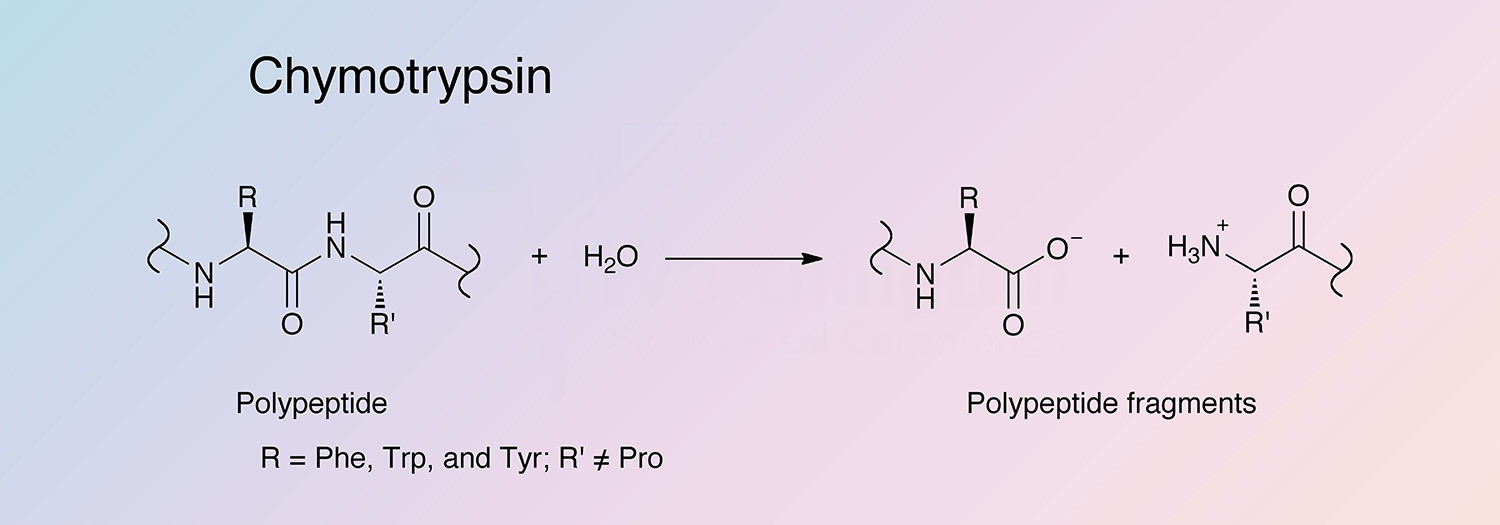
3. Oxidation-Reduction Reactions: Energy Unleashed
Redox reactions transfer electrons between molecules, essential for energy production. Enzymes like cytochrome oxidase enable plants to metabolize sugars into energy, crucial for growth and stress resistance.
4. Transfer Reactions: Molecular Hand-Offs
Transferases move functional groups from one molecule to another. During photosynthesis, enzymes transfer phosphate groups, fueling the synthesis of sugar molecules vital for plant growth. Hexokinase in crops initiates glycolysis by adding phosphate to glucose, setting the stage for energy production.
5. Isomerization: Rearranging for Efficiency
Isomerases rearrange molecules, creating isomers with different properties. Efficient energy utilization in crops depends on enzymes like phosphoglucose isomerase during glycolysis, which optimizes sugar metabolism for growth. This reaction ensures plants maximize their energy reserves, boosting resilience.
6. Ligations: Building Blocks of Life
Ligases join molecules using energy from ATP. DNA ligase ensures genetic integrity in plants and animals, repairing DNA damage from environmental stresses like UV light or pests. Ligases are critical in developing genetically modified crops that are disease-resistant or high-yielding.
7. Covalent Intermediates: Stabilizing the Transition
Some enzymes form transient covalent bonds with substrates, stabilizing reactions. Proteins like trypsin form intermediates to enhance the efficiency of digestion in livestock, improving feed conversion rates.
The Role of Proteins in Agriculture: Building Resilient and Sustainable Food Systems
Proteins are central to agricultural success, influencing food security, environmental health, and economic resilience. For agriculture students, understanding the multifaceted importance of proteins reveals their potential to address global challenges, from feeding a growing population to cultivating sustainable practices. Here’s how proteins shape agriculture's future:
1. Nutritional Value and Food Security
Proteins are foundational to human nutrition, providing essential amino acids for growth and health.- Protein Crops in Focus: Legumes such as soybeans, lentils, and chickpeas are protein-rich crops that anchor global diets. They offer a sustainable alternative to animal proteins, aligning with the growing demand for plant-based diets.
- Impact on Food Security: With populations expanding and dietary preferences shifting, these crops are pivotal for meeting protein needs while reducing the environmental footprint of food production.
2. Sustainable Agricultural Practices
Protein crops like legumes are nature’s allies in promoting soil health and sustainability.
- Nitrogen Fixation: Through symbiosis with soil bacteria, legumes convert atmospheric nitrogen into forms usable by plants, reducing dependence on synthetic fertilizers.
- Benefits for Farmers and the Planet: By enriching soil, legumes lower input costs and improve biodiversity. Incorporating these crops into rotations enhances soil resilience and supports sustainable farming.
3. Economic Benefits for Farmers
Protein crops offer not just agronomic advantages but also economic opportunities.
- Diversification: Adding crops like quinoa, amaranth, and other protein-rich options to traditional farming systems creates avenues for entering niche markets and meeting consumer demand for high-protein foods.
- Stability and Growth: Diversification reduces the risks of monoculture, stabilizing income and boosting resilience against market and climate variability.
- Tapping into Trends: With the rise of plant-based diets, farmers can capitalize on consumer interest by supplying protein-rich, health-conscious food options.
4. Animal Feed Production
Proteins are indispensable for efficient livestock production, underscoring their importance in animal nutrition.
- High-Quality Feed: Crops like soybeans are processed into oilseed meals, forming a protein-dense feed critical for supporting livestock growth and productivity.
- Sustainability in Livestock Farming: Developing crops with higher protein content or improved digestibility reduces the environmental burden of livestock farming while meeting the rising global demand for meat.
5. Crop Improvement through Protein Engineering
Biotechnology paves the way for a new era of crop innovation, addressing both nutritional needs and sustainability.
- Enhanced Crops: Genetic engineering can improve amino acid profiles in protein crops, addressing human nutritional deficiencies and enhancing livestock feed.
- Future Food Security: These innovations ensure higher yields, improved resilience to climate stressors, and better utilization of arable land, crucial for feeding a growing global population.
Proteins are at the heart of agricultural progress. From their role in sustaining human and animal health to their ability to transform agricultural systems, their importance cannot be overstated. Embracing protein-rich crops, sustainable practices, and advanced biotechnology will be essential for creating food systems that are resilient, productive, and capable of withstanding the challenges of climate change and population growth.
For the agriculture sector, the integration of proteins into practice isn’t just a necessity—it’s a pathway to securing a healthier, more sustainable future.
Discussion: Understanding Proteins in Agriculture
Objective:
This exercise aims to evaluate your understanding of the structure, function, and importance of proteins in biological systems, particularly in agricultural contexts. You will apply your knowledge of protein roles in plants, animals, and soil health to real-world agricultural scenarios.
Instructions:
- Read the following scenario and answer the questions based on your understanding of proteins in agriculture.
- Use your knowledge of protein structures, functions, and their role in agriculture to provide thorough, evidence-based answers.
Scenario:
You are part of an agricultural research team tasked with improving the productivity and sustainability of a farming system that produces both crops and livestock. Recent challenges include a decline in soil fertility, reduced crop yields due to pest attacks, and poor livestock health. Your team is investigating the role of proteins in addressing these issues, focusing on plant defense mechanisms, soil microbial activity, and animal nutrition.
Questions:
Group 1
Protein Structure and Function in Plant Defense
The crops on the farm are showing signs of susceptibility to fungal infections. Research suggests that certain plant proteins, such as pathogenesis-related (PR) proteins, play a key role in plant defense mechanisms.
- What are PR proteins, and how do they protect plants from pathogens?
- How can understanding the structure of these proteins help in breeding or engineering disease-resistant crops?
- Propose one agricultural practice or technique that could enhance the production or activation of PR proteins in plants.
Group 2
Farmers have observed that some livestock are suffering from weak joints and connective tissue problems, reducing productivity. Structural proteins like collagen and keratin are critical for livestock health.
- Explain the role of structural proteins such as collagen and keratin in maintaining livestock health.
- How can deficiencies in these proteins affect the animals’ growth and productivity?
- Suggest dietary or management strategies to improve the production of structural proteins in livestock.
Group 3
The crops on the farm are underperforming, particularly during stress conditions such as drought. Enzymes like Rubisco are essential for photosynthesis and energy production.
- What is Rubisco, and how does it contribute to crop growth?
- How might environmental stress, such as drought, impact the activity of enzymes in plants?
- Recommend one practice (e.g., irrigation, fertilization, or crop selection) that could improve enzymatic activity under stress conditions.
Group 4
Farmers have noted a decline in soil fertility and microbial activity. Proteins secreted by soil microbes play a role in nutrient cycling and soil health.
- How do microbial proteins contribute to nutrient cycling in the soil?
- What is the significance of enzymes such as nitrogenase in improving soil fertility?
- Propose one method to promote the activity of protein-secreting microbes in the soil.
Group 5
- The farm’s crops are exhibiting nutrient deficiencies, particularly of essential minerals like potassium and nitrogen. Transport proteins play a vital role in nutrient uptake.
- What are transport proteins, and how do they facilitate nutrient uptake in plants?
- How might deficiencies or malfunctions in these proteins affect crop health?
- Recommend an agricultural practice that could enhance the function of transport proteins in crops.
Group 6
Soil microbial communities are essential for sustainable farming, and some proteins act as prebiotics, supporting beneficial microbes.
- What are prebiotic proteins, and how do they support the growth of beneficial soil microbes?
- Why are these microbes critical for sustainable agricultural systems?
- Suggest a sustainable farming practice that leverages the prebiotic effects of proteins to improve soil health.
Evaluation Criteria:
- Understanding of Protein Functions: Are the roles of different proteins (e.g., enzymes, structural proteins, transport proteins) clearly explained? Does the group show a solid grasp of protein structure and classification? 5pts
- Application to Agricultural Context: Does the response demonstrate how protein functions can address real-world agricultural challenges? Are the proposed solutions practical, innovative, and relevant to the agricultural context? 5pts
- Scientific Rationale: Are your explanations grounded in fundamental biological processes, with logical reasoning supporting your proposed agricultural practices? 5pts
Objective:
This exercise aims to evaluate your understanding of the structure, function, and importance of proteins in biological systems, particularly in agricultural contexts. You will apply your knowledge of protein roles in plants, animals, and soil health to real-world agricultural scenarios.
Instructions:
- Read the following scenario and answer the questions based on your understanding of proteins in agriculture.
- Use your knowledge of protein structures, functions, and their role in agriculture to provide thorough, evidence-based answers.
Scenario:
You are part of an agricultural research team tasked with improving the productivity and sustainability of a farming system that produces both crops and livestock. Recent challenges include a decline in soil fertility, reduced crop yields due to pest attacks, and poor livestock health. Your team is investigating the role of proteins in addressing these issues, focusing on plant defense mechanisms, soil microbial activity, and animal nutrition.
Questions:
Group 1
Protein Structure and Function in Plant Defense
The crops on the farm are showing signs of susceptibility to fungal infections. Research suggests that certain plant proteins, such as pathogenesis-related (PR) proteins, play a key role in plant defense mechanisms.
- What are PR proteins, and how do they protect plants from pathogens?
- How can understanding the structure of these proteins help in breeding or engineering disease-resistant crops?
- Propose one agricultural practice or technique that could enhance the production or activation of PR proteins in plants.
Group 2
Farmers have observed that some livestock are suffering from weak joints and connective tissue problems, reducing productivity. Structural proteins like collagen and keratin are critical for livestock health.
- Explain the role of structural proteins such as collagen and keratin in maintaining livestock health.
- How can deficiencies in these proteins affect the animals’ growth and productivity?
- Suggest dietary or management strategies to improve the production of structural proteins in livestock.
Group 3
The crops on the farm are underperforming, particularly during stress conditions such as drought. Enzymes like Rubisco are essential for photosynthesis and energy production.
- What is Rubisco, and how does it contribute to crop growth?
- How might environmental stress, such as drought, impact the activity of enzymes in plants?
- Recommend one practice (e.g., irrigation, fertilization, or crop selection) that could improve enzymatic activity under stress conditions.
Group 4
Farmers have noted a decline in soil fertility and microbial activity. Proteins secreted by soil microbes play a role in nutrient cycling and soil health.
- How do microbial proteins contribute to nutrient cycling in the soil?
- What is the significance of enzymes such as nitrogenase in improving soil fertility?
- Propose one method to promote the activity of protein-secreting microbes in the soil.
Group 5
- The farm’s crops are exhibiting nutrient deficiencies, particularly of essential minerals like potassium and nitrogen. Transport proteins play a vital role in nutrient uptake.
- What are transport proteins, and how do they facilitate nutrient uptake in plants?
- How might deficiencies or malfunctions in these proteins affect crop health?
- Recommend an agricultural practice that could enhance the function of transport proteins in crops.
Group 6
Soil microbial communities are essential for sustainable farming, and some proteins act as prebiotics, supporting beneficial microbes.
- What are prebiotic proteins, and how do they support the growth of beneficial soil microbes?
- Why are these microbes critical for sustainable agricultural systems?
- Suggest a sustainable farming practice that leverages the prebiotic effects of proteins to improve soil health.
Evaluation Criteria:
- Understanding of Protein Functions: Are the roles of different proteins (e.g., enzymes, structural proteins, transport proteins) clearly explained? Does the group show a solid grasp of protein structure and classification? 5pts
- Application to Agricultural Context: Does the response demonstrate how protein functions can address real-world agricultural challenges? Are the proposed solutions practical, innovative, and relevant to the agricultural context? 5pts
- Scientific Rationale: Are your explanations grounded in fundamental biological processes, with logical reasoning supporting your proposed agricultural practices? 5pts
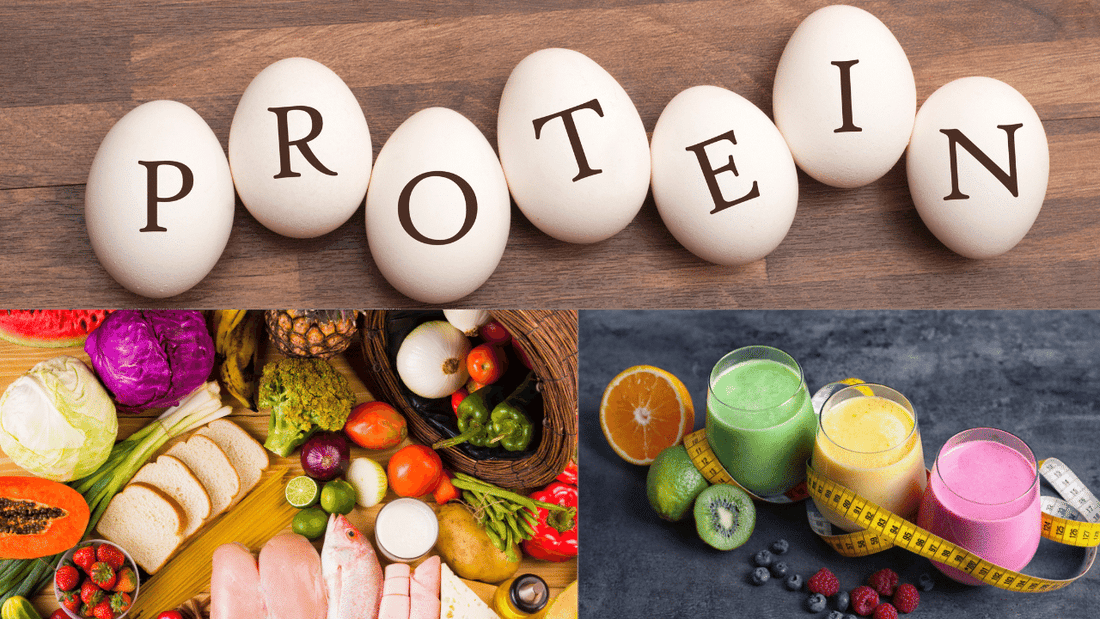
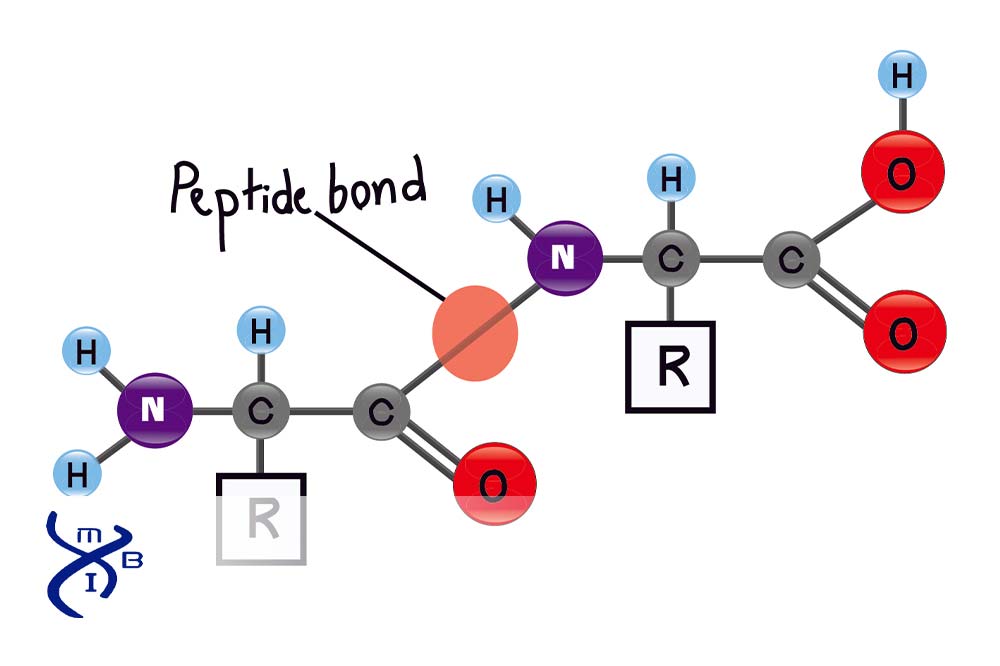
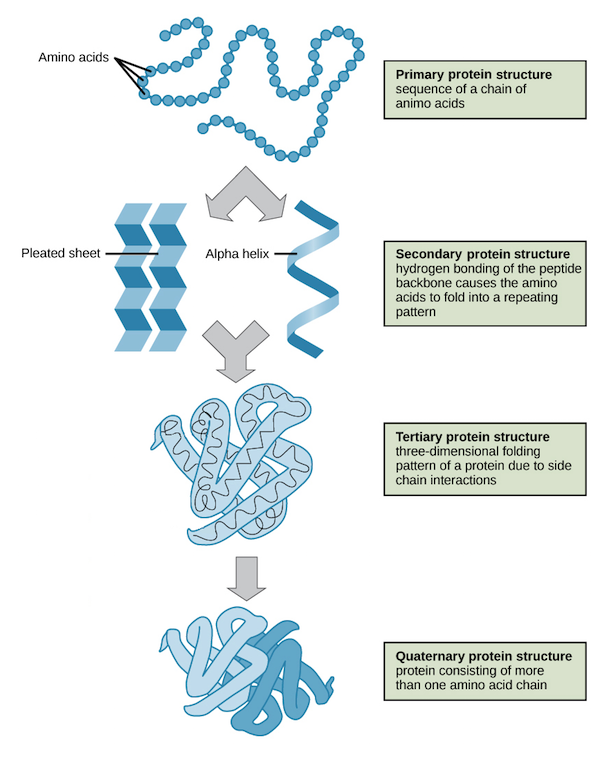
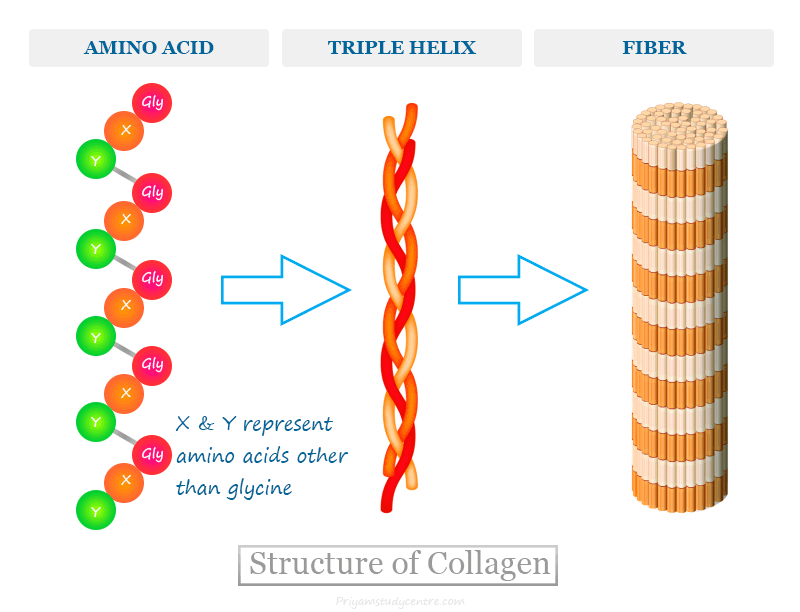



.png)
.png)
.png)
Comments
Post a Comment